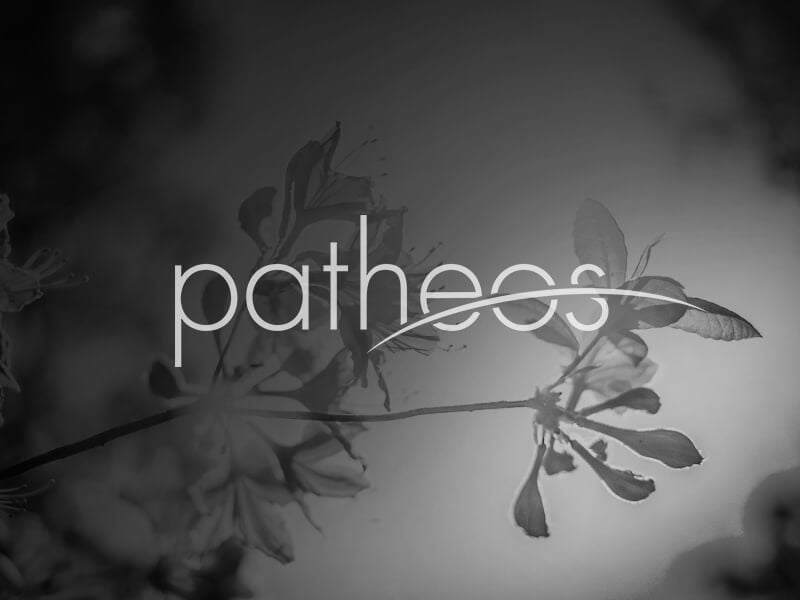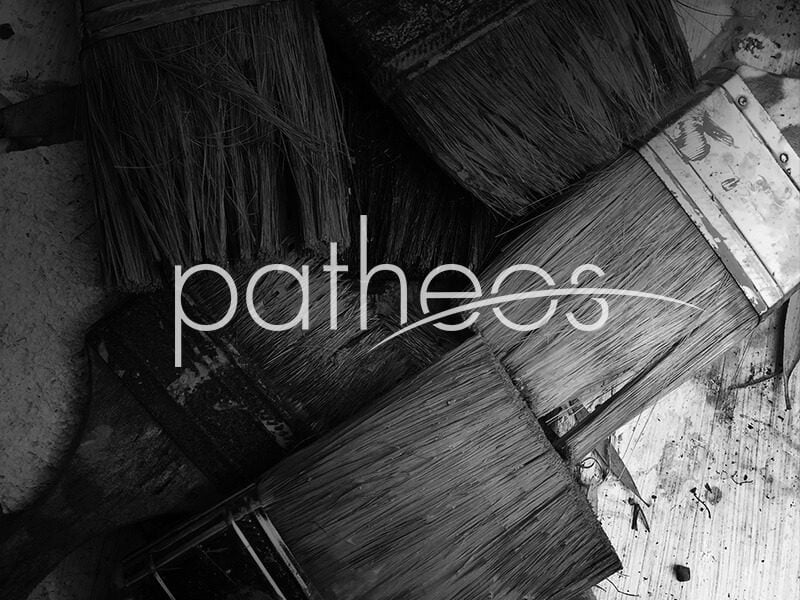Luke 23:26-56 INTRODUCTION When Christians think of Jesus?Ecrucifixion, we often focus attention on the intense physical suffering that Jesus endured. There is no doubt that He was in anguish. During crucifixion, the victim would have his body torn with nails and his limbs stretched and contorted, as he slowly suffocated. But the text of Scripture pays very little attention to the physical pain of the cross. Luke in particular draws our attention to Jesus?Ewords, the mockery of the Jewish leaders,... Read more
















